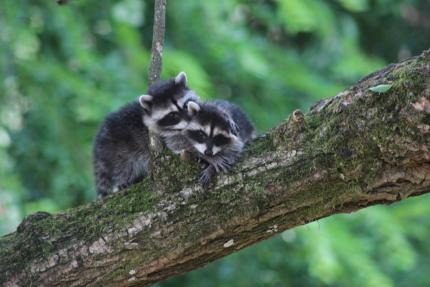
In Washington, even the state's urban hubs are just a short drive from mountains, woods, and wilderness. And with that wilderness comes wildlife, in residents' backyards, crossing roads, and sharing trails.
Understanding these animals is key to reducing human/wildlife conflicts. The Washington Department of Fish and Wildlife offers a wide range of information designed to minimize conflicts between humans and wildlife, as well as attracting beneficial wildlife and helping residents better understand the animals in their backyards.
Featured Video - Living with Black Bears:
-
Nuisance wildlife
Wildlife is everywhere in Washington -- here's how to stop conflict before it happens, and what to do when it's already begun.
-
Dangerous wildlife
Some wildlife species are potentially dangerous, especially as Washington’s human population continues to expand into traditional habitat.
-
Injured or orphaned wildlife
If you find a baby bird out of the nest or a deer fawn on its own, know whether it's better to intervene or leave it alone.
-
Species fact sheets
Learn how to avoid conflicts with common animals found in urban and suburban areas.
-
Habitat at Home Program
This program is designed to help you manage wildlife around your home and property.
-
Feeding wildlife
Many people may be tempted to feed deer and other wildlife, but doing so can easily do more harm than good.
-
Snags - The Wildlife Tree
Standing dead and dying trees, called “snags” or “wildlife trees,” are important for wildlife in both natural and landscaped settings.